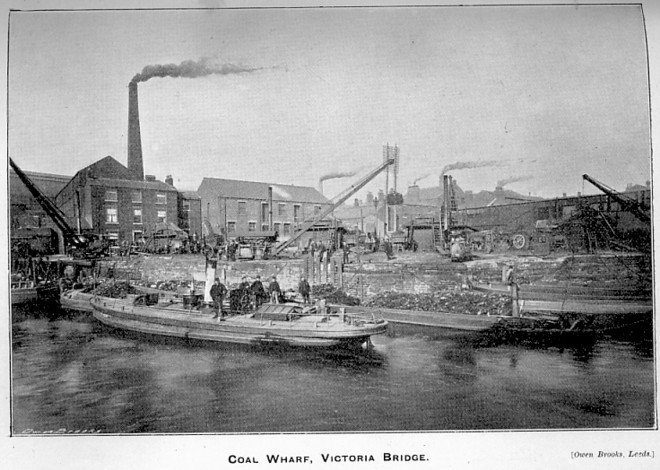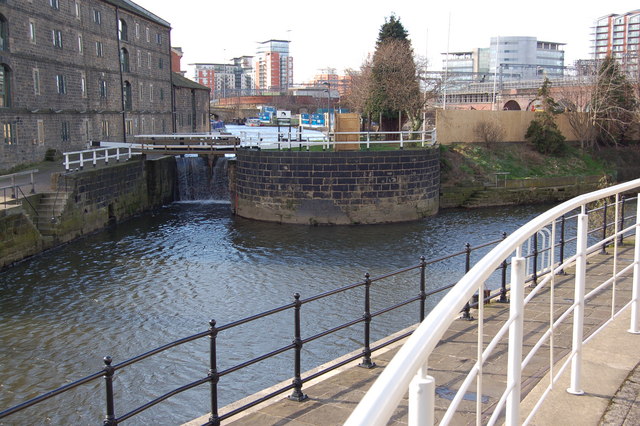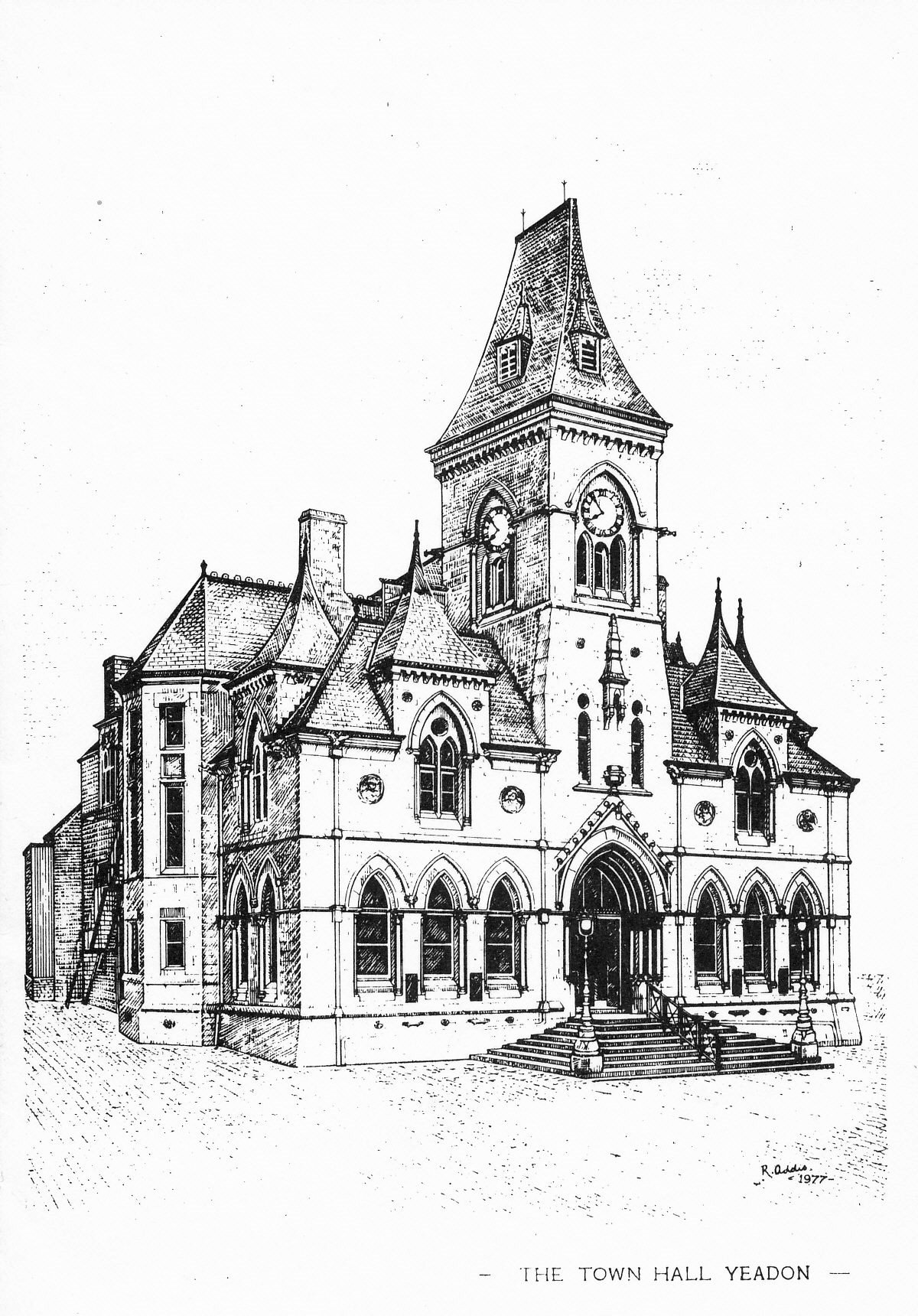
Throughout history mankind has constantly striven in the search of transportation and the haulage of goods from one place to another. In today’s world we use a multitude of vehicles to get our goods from one place to the next; whether that destination is only a few miles away or indeed, to the other side of the planet.
In fact, I think we should face it now, that sometimes to get our goods from one place to the next through the air, hurtling through wires and passing forth through the waves of our existence. Data, music, film, electronic games and images are all sent this way – and we are only just beginning to realise the potential of what we can achieve via the digitalisation of goods.
In the past however, this convenience has not always been granted to us, and the logistics or our planet were very different. Only perhaps fifty years ago, the deliveries of the world were consigned to trains, planes and ships. Before that we would make use of canals (the purpose of this article), horses and wagons, before that camels and at a time very long ago, we would use entirely our own energy to deliver objects.
It could indeed be stated, that in the grand scale of things, the effort and advancement of logistics is done with the sole purpose relieving ourselves from strain; perhaps so from a privileged position wherein we inflict exertion on other beings with the digging of canals, the laying of roads and today, the clean-up of our environment. With the environment in mind, could it be also stated therefore, that the attempted relief of our own efforts has done nothing to maximise our comfort in the long run? Either way we are about to find out.
This article is not however, about the history of haulage and logistics (though it could very well be so), it is to the focus of canals and the transportation of linen and cotton throughout the veins of Northern England.
Indeed, as already stated, civilisation has gone through one technology to another in the attempt at easing our efforts and increasing our efficiency to delivering goods to their destinations. Before the clearing of the rivers in the 16th and 17th centuries (29, in fact were cleared for the purpose of haulage), goods would have to be delivered by travelling caravans and by horses.
It is true, that Britain was in no way a world leader in terms of its canals. The Chinese had owned them well before the 10th Century, and the Romans had built Fossdyke from Lincoln to the River Trent around 50-120AD; since then however, the use of canals as a means of transportation was largely forgotten about by the remaining inhabitants of Britain.
Indeed, it would take until over a thousand years until the next notable advancement in the waterways of Britain would take place when in 1566, the Exeter canal was completed to make navigation easier through the River Exe.
Although much work was done throughout the 18th century, with examples such as the Bridgewater Canal, which some historians regard as the beginning of the age of the canal in Britain.
Taking a more Northern aim, the Manchester Ship Canal is one of the grandest canals in Northern Britain with 36 miles of navigation throughout Lancashire and Cheshire. With construction beginning in 1885, it took merely eight years to finish completion. Although this began during the 19th century, the idea for the canal had been around for some time, with the first proposition taking place two hundred years before in 1660 and again in 1712.

Elsewhere in Northern England, major canals were being built which would link up the east and west coasts of the country. From Hull, through the River Aire, via Leeds and through into Lancashire, the Leeds and Liverpool Canal was a major step for the woollen industry and meant that Leeds wool could now be transported easily to the United States and across the globe. Additionally raw materials such as cotton and linen could be imported quickly and cheaply to mills throughout the expanding canal network.
Throughout the nineteenth century, the major canals of Northern England would enjoy a peak in activity wherein canal owners would be able to charge large amounts for the goods being transported on them. Before long however, the evolution of logistics was about to take another great leap as a new kind of transportation was being heralded throughout Britain.
Indeed, after only two to three centuries of use, railways were very swiftly to kill off canals as a major form of transportation forever. So much so, that the railway companies were able to buy off much of the canals in Northern England and charge lowered rates for their use. It was therefore only a matter of time before only the major canals were in use by logistic companies; thus many of the small ones would become dilapidated and fall into disrepair.
During the 20th century, long after the wool industry in Britain would become osculate, railways would push canals further and further out of the field and only the strongest would survive, indeed some of them right up until World War Two.
Today, there are very few canals which are in use for commercial logistic operation; the biggest of which being the aforementioned Manchester Shipping Canal.
In the 21st century however, the biggest threat to the canals of Britain is not the advancement of technology, as one might presume, but it is the technology of the past which is threatening the water within the canals.
Throughout Northern England, the extensive mining and sourcing of raw materials from hundreds of years ago is threatening up to 2,000 miles of waterways. Places such as Bleaklow in the Pennines have face over 150 years of acid rain; some of the most severe that the world has ever seen. It is interesting to think that mines abandoned before 1999 carry absolutely zero legal decontamination requirements; meaning that the thousands of mines left to rot beforehand are now free to pollute the rest of Britain.
It is an interesting thought therefore, to realise that the happenings of industrial Britain more than two hundred years ago, still casts its shadow and threatens that of natural Britain today.
